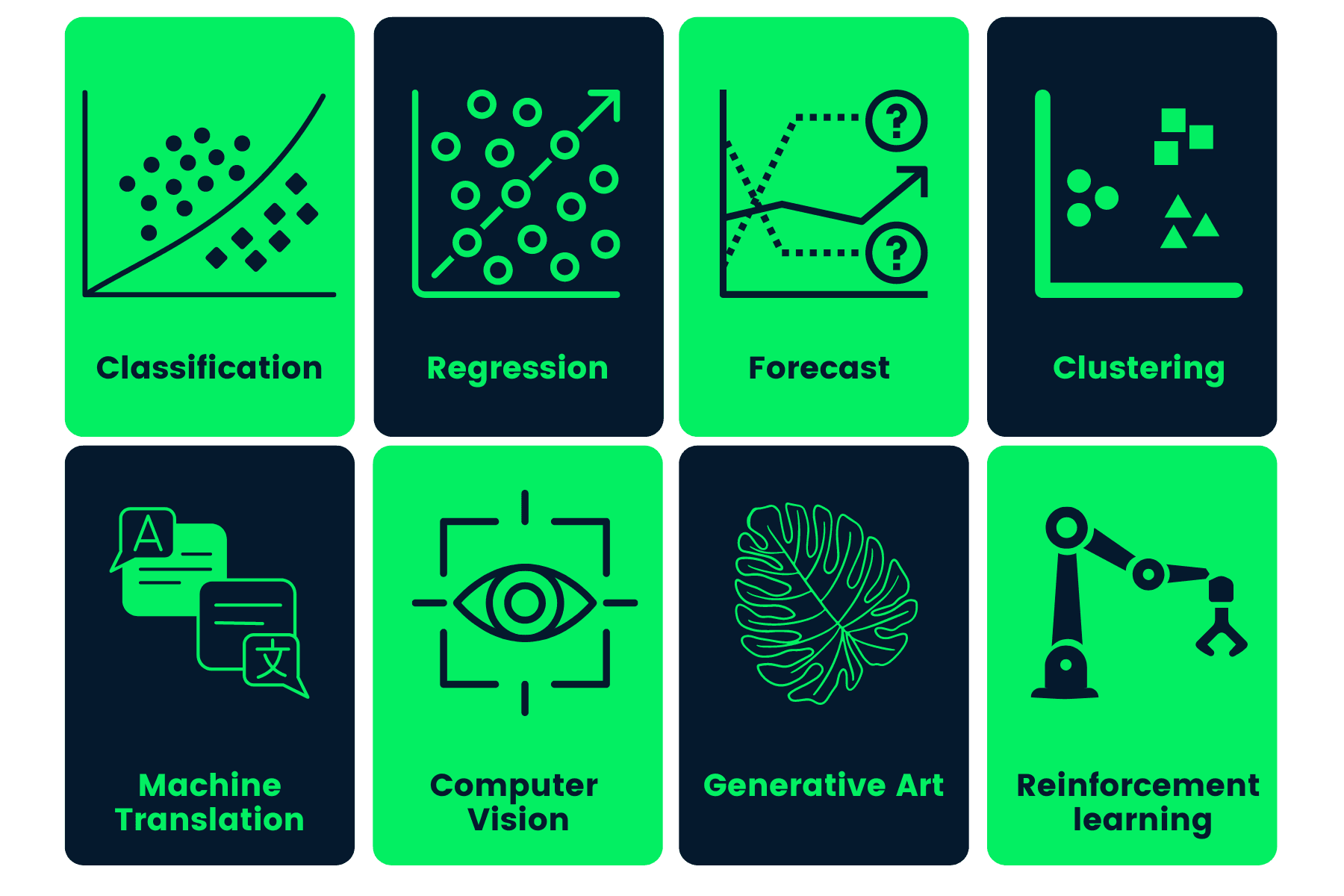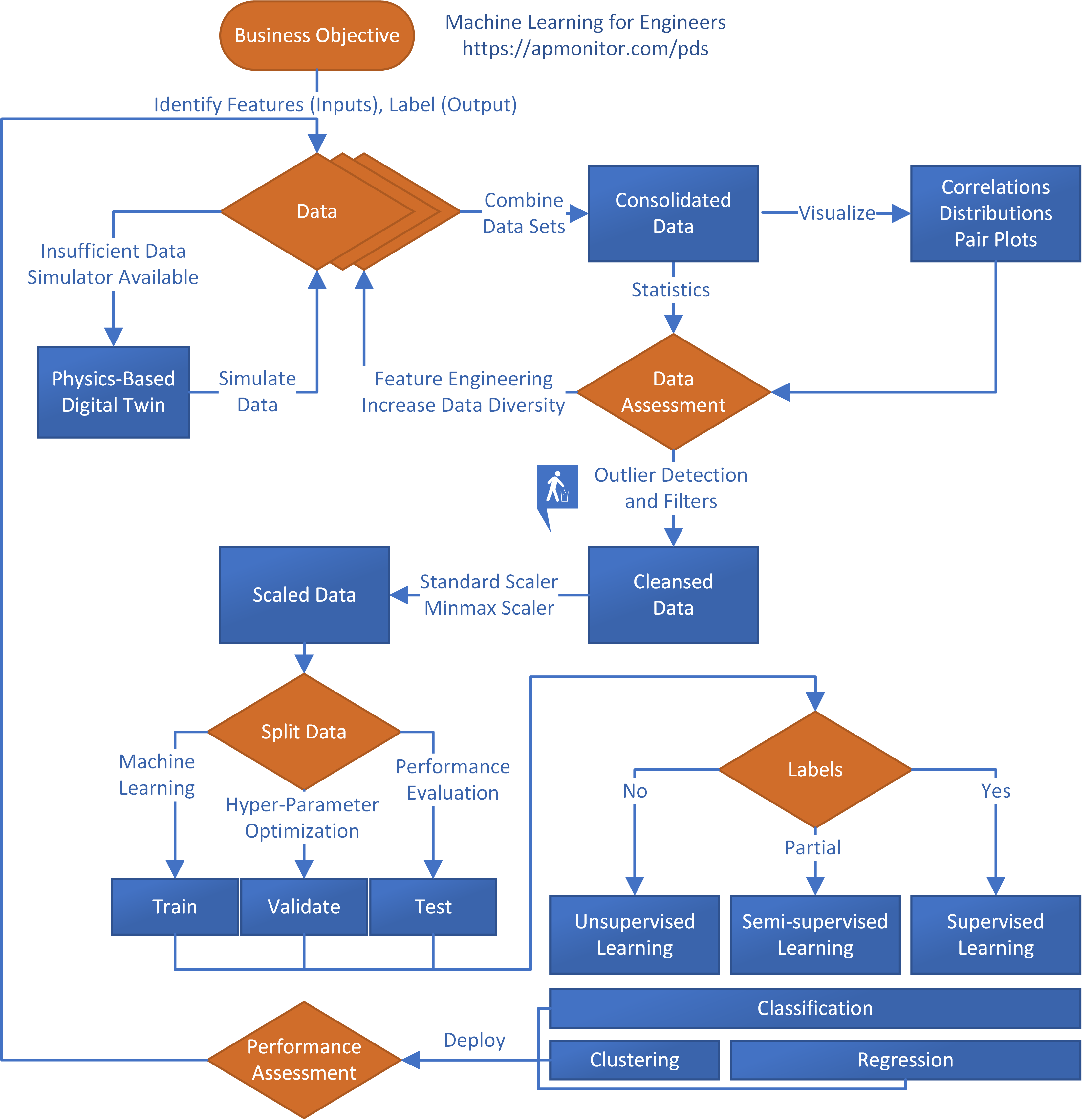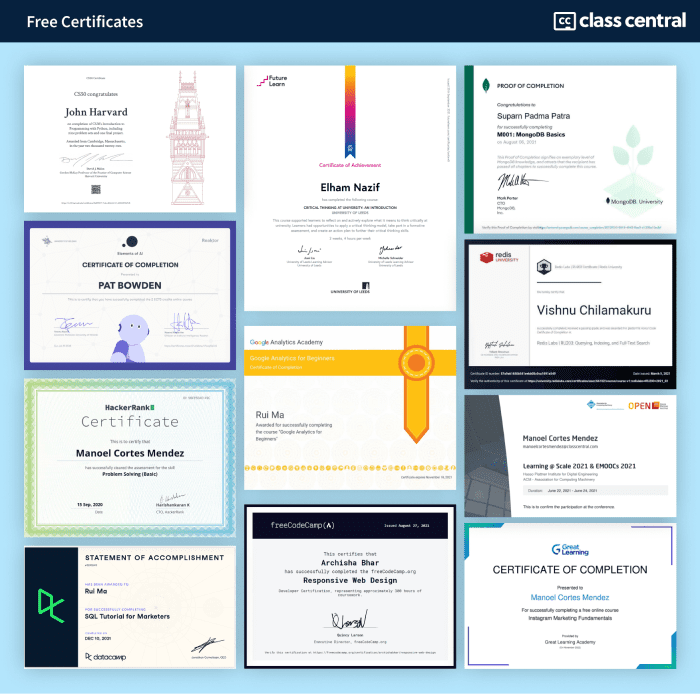All Categories
Featured
Table of Contents
- – How What Does A Machine Learning Engineer Do? ...
- – Our Machine Learning Applied To Code Developme...
- – 4 Easy Facts About Machine Learning In Produc...
- – The 10-Second Trick For How To Become A Machi...
- – How Long Does It Take To Learn “Machine Lear...
- – Get This Report on From Software Engineering...
You most likely understand Santiago from his Twitter. On Twitter, every day, he shares a whole lot of useful points about device discovering. Alexey: Prior to we go into our main subject of moving from software program design to machine learning, perhaps we can start with your background.
I started as a software application developer. I mosted likely to college, got a computer technology degree, and I started constructing software application. I think it was 2015 when I decided to choose a Master's in computer technology. At that time, I had no idea regarding machine learning. I really did not have any passion in it.
I know you've been utilizing the term "transitioning from software application engineering to artificial intelligence". I like the term "contributing to my ability established the equipment knowing abilities" more because I believe if you're a software program engineer, you are currently offering a lot of worth. By incorporating artificial intelligence currently, you're enhancing the effect that you can have on the industry.
That's what I would certainly do. Alexey: This comes back to among your tweets or perhaps it was from your course when you contrast 2 methods to learning. One method is the problem based strategy, which you just discussed. You discover a problem. In this situation, it was some trouble from Kaggle about this Titanic dataset, and you simply find out just how to resolve this problem using a certain tool, like decision trees from SciKit Learn.
How What Does A Machine Learning Engineer Do? can Save You Time, Stress, and Money.
You initially learn math, or straight algebra, calculus. When you know the math, you go to equipment discovering concept and you learn the theory. After that four years later on, you lastly involve applications, "Okay, just how do I use all these four years of mathematics to address this Titanic trouble?" ? In the former, you kind of save yourself some time, I assume.
If I have an electric outlet here that I need changing, I don't intend to most likely to university, spend 4 years comprehending the math behind electrical energy and the physics and all of that, simply to change an outlet. I prefer to start with the electrical outlet and discover a YouTube video clip that helps me undergo the problem.
Negative analogy. But you understand, right? (27:22) Santiago: I truly like the idea of beginning with a trouble, trying to throw out what I recognize as much as that issue and understand why it doesn't function. Then get the tools that I need to resolve that problem and start digging much deeper and much deeper and much deeper from that point on.
That's what I usually recommend. Alexey: Perhaps we can speak a little bit regarding finding out sources. You pointed out in Kaggle there is an intro tutorial, where you can get and learn how to choose trees. At the beginning, prior to we began this meeting, you pointed out a number of publications as well.
The only demand for that course is that you recognize a little bit of Python. If you go to my profile, the tweet that's going to be on the top, the one that says "pinned tweet".
Our Machine Learning Applied To Code Development Statements

Also if you're not a developer, you can start with Python and function your means to more equipment discovering. This roadmap is concentrated on Coursera, which is a platform that I truly, actually like. You can investigate all of the courses free of cost or you can pay for the Coursera subscription to get certificates if you desire to.
That's what I would certainly do. Alexey: This comes back to among your tweets or maybe it was from your course when you compare two approaches to learning. One strategy is the trouble based technique, which you simply talked about. You find a problem. In this instance, it was some trouble from Kaggle regarding this Titanic dataset, and you simply learn exactly how to address this issue using a particular device, like choice trees from SciKit Learn.

You initially discover math, or straight algebra, calculus. When you understand the mathematics, you go to equipment learning concept and you learn the concept.
If I have an electrical outlet here that I need changing, I don't intend to go to college, invest 4 years understanding the mathematics behind electricity and the physics and all of that, just to change an electrical outlet. I prefer to begin with the outlet and find a YouTube video that helps me go with the issue.
Negative analogy. You get the concept? (27:22) Santiago: I actually like the idea of starting with a trouble, trying to throw away what I understand approximately that trouble and understand why it doesn't function. Get hold of the devices that I require to address that trouble and start excavating deeper and deeper and deeper from that point on.
Alexey: Perhaps we can speak a bit about learning sources. You mentioned in Kaggle there is an introduction tutorial, where you can get and find out how to make choice trees.
4 Easy Facts About Machine Learning In Production Shown
The only requirement for that training course is that you recognize a little bit of Python. If you go to my profile, the tweet that's going to be on the top, the one that states "pinned tweet".
Also if you're not a designer, you can start with Python and function your means to more artificial intelligence. This roadmap is focused on Coursera, which is a system that I truly, really like. You can examine all of the programs free of cost or you can spend for the Coursera membership to obtain certificates if you intend to.
The 10-Second Trick For How To Become A Machine Learning Engineer - Uc Riverside
So that's what I would do. Alexey: This returns to among your tweets or maybe it was from your course when you compare 2 strategies to discovering. One technique is the issue based technique, which you just chatted around. You locate an issue. In this case, it was some problem from Kaggle concerning this Titanic dataset, and you simply discover exactly how to solve this issue making use of a certain tool, like choice trees from SciKit Learn.

You initially discover math, or direct algebra, calculus. Then when you recognize the math, you go to device discovering concept and you discover the theory. Four years later, you finally come to applications, "Okay, exactly how do I utilize all these 4 years of mathematics to resolve this Titanic trouble?" ? In the previous, you kind of save on your own some time, I think.
If I have an electric outlet here that I require replacing, I do not want to go to university, spend four years comprehending the math behind electricity and the physics and all of that, just to transform an electrical outlet. I would instead start with the electrical outlet and find a YouTube video clip that helps me undergo the issue.
Bad example. But you understand, right? (27:22) Santiago: I actually like the concept of beginning with a problem, trying to toss out what I recognize as much as that trouble and comprehend why it does not function. After that get hold of the devices that I need to fix that issue and begin excavating deeper and much deeper and deeper from that factor on.
That's what I usually suggest. Alexey: Maybe we can talk a bit concerning discovering resources. You stated in Kaggle there is an introduction tutorial, where you can obtain and learn exactly how to choose trees. At the beginning, before we began this meeting, you pointed out a number of books too.
How Long Does It Take To Learn “Machine Learning” From A ... Fundamentals Explained
The only need for that training course is that you know a little bit of Python. If you go to my profile, the tweet that's going to be on the top, the one that says "pinned tweet".
Even if you're not a designer, you can begin with Python and function your method to even more machine discovering. This roadmap is focused on Coursera, which is a platform that I truly, actually like. You can audit every one of the training courses completely free or you can spend for the Coursera subscription to get certificates if you want to.
Alexey: This comes back to one of your tweets or maybe it was from your training course when you contrast 2 methods to understanding. In this instance, it was some trouble from Kaggle about this Titanic dataset, and you just learn exactly how to fix this problem utilizing a certain device, like decision trees from SciKit Learn.
You first learn math, or direct algebra, calculus. When you know the math, you go to device knowing theory and you learn the concept.
Get This Report on From Software Engineering To Machine Learning
If I have an electric outlet right here that I need changing, I do not wish to most likely to university, spend 4 years recognizing the math behind electricity and the physics and all of that, just to change an electrical outlet. I prefer to begin with the outlet and locate a YouTube video clip that helps me go through the issue.
Santiago: I actually like the idea of beginning with a trouble, attempting to throw out what I know up to that problem and understand why it doesn't work. Grab the tools that I require to resolve that issue and start digging deeper and much deeper and much deeper from that factor on.

Alexey: Possibly we can talk a bit concerning finding out resources. You mentioned in Kaggle there is an introduction tutorial, where you can obtain and discover just how to make choice trees.
The only demand for that course is that you know a little bit of Python. If you go to my account, the tweet that's going to be on the top, the one that says "pinned tweet".
Also if you're not a developer, you can start with Python and work your means to even more artificial intelligence. This roadmap is concentrated on Coursera, which is a system that I actually, actually like. You can audit every one of the courses for cost-free or you can pay for the Coursera registration to obtain certifications if you wish to.
Table of Contents
- – How What Does A Machine Learning Engineer Do? ...
- – Our Machine Learning Applied To Code Developme...
- – 4 Easy Facts About Machine Learning In Produc...
- – The 10-Second Trick For How To Become A Machi...
- – How Long Does It Take To Learn “Machine Lear...
- – Get This Report on From Software Engineering...
Latest Posts
The 100 Most Common Coding Interview Problems & How To Solve Them
Embedded Software Engineer Interview Questions & How To Prepare
How Much Time Should A Software Developer Spend Preparing For Interviews?
More
Latest Posts
The 100 Most Common Coding Interview Problems & How To Solve Them
Embedded Software Engineer Interview Questions & How To Prepare
How Much Time Should A Software Developer Spend Preparing For Interviews?